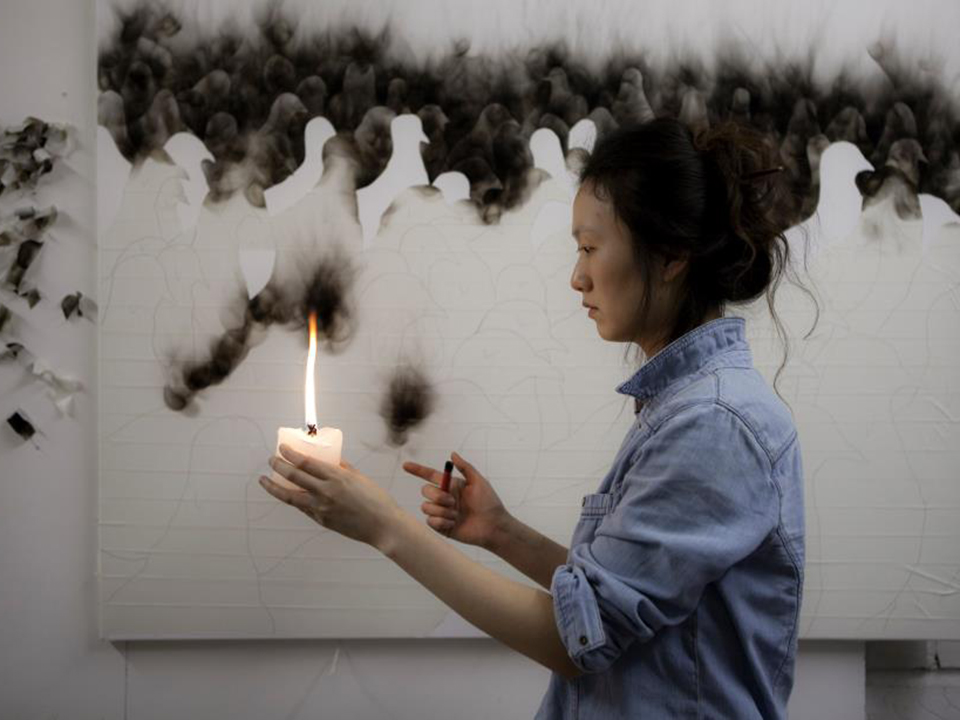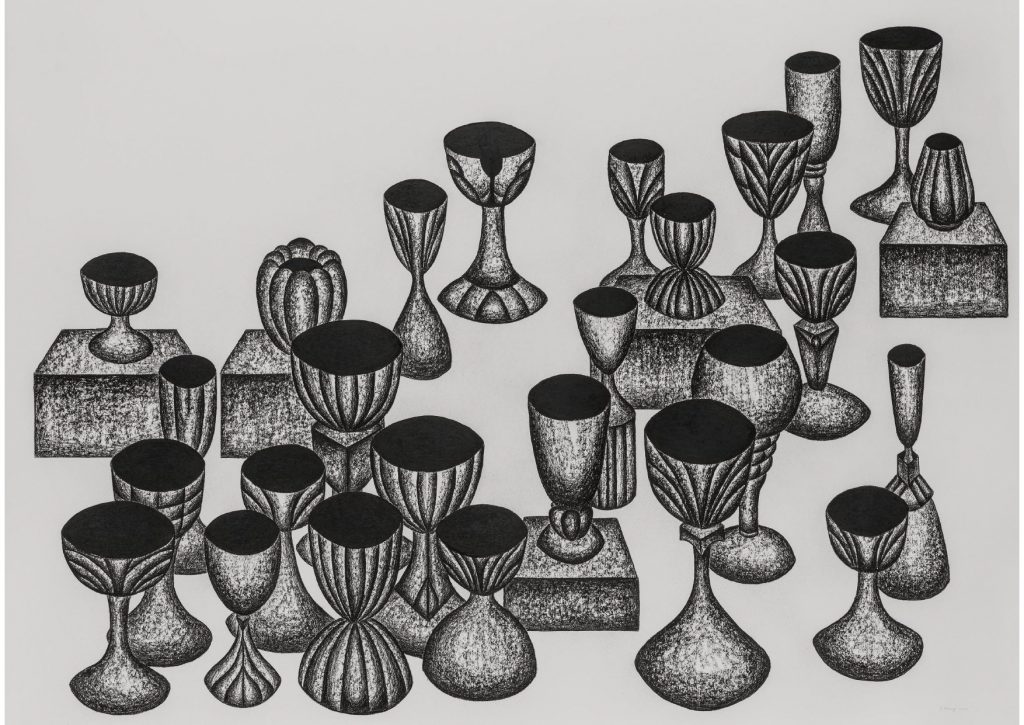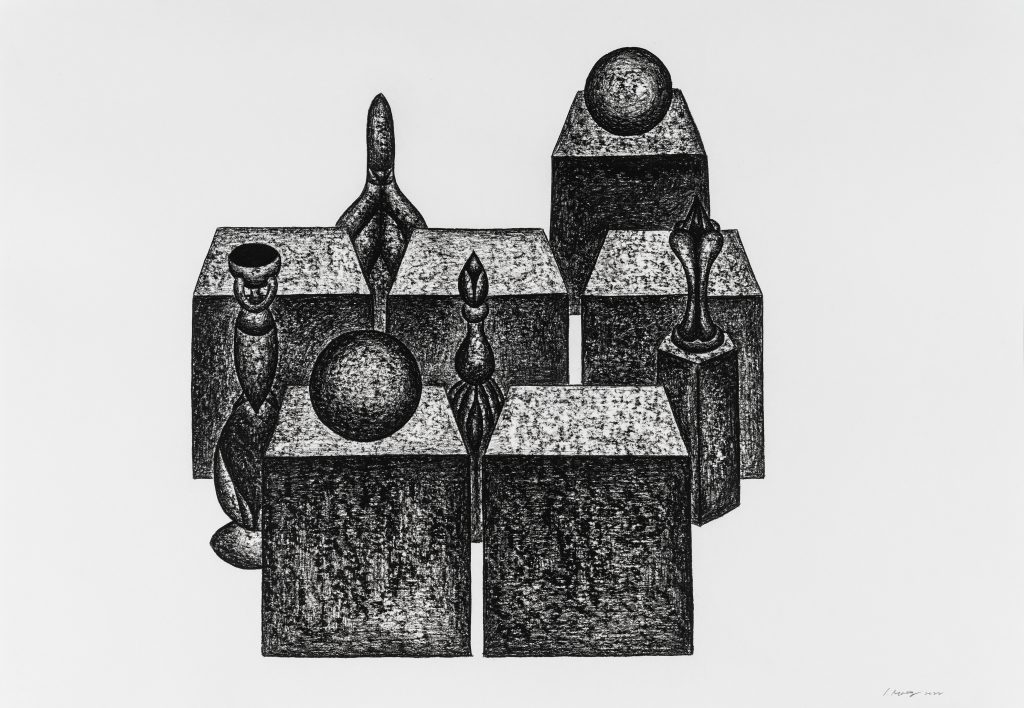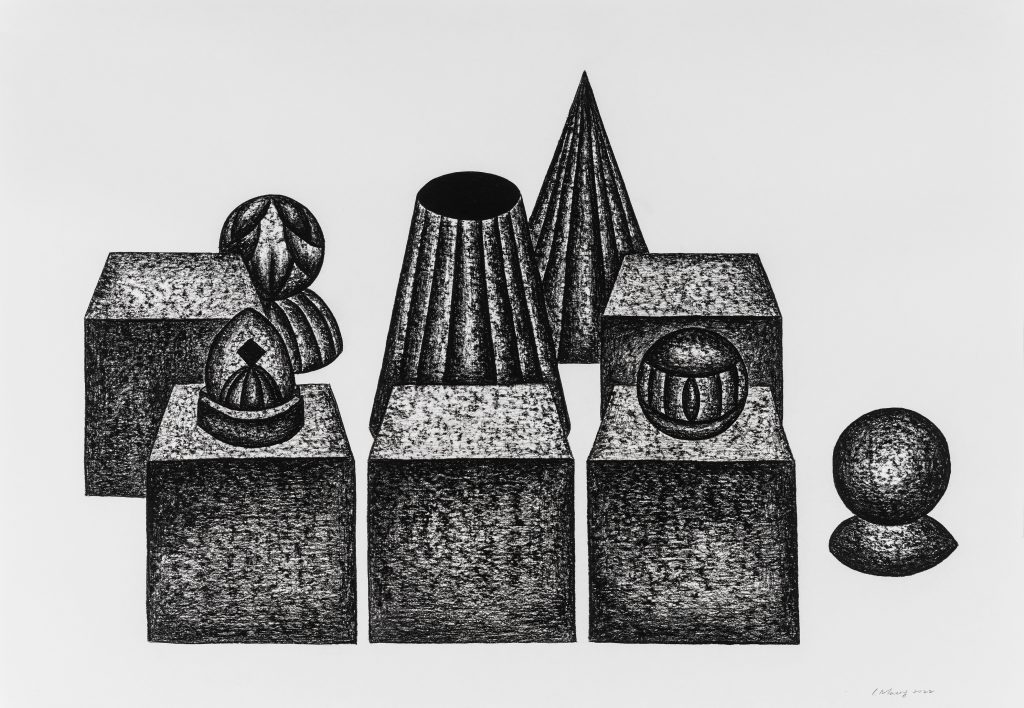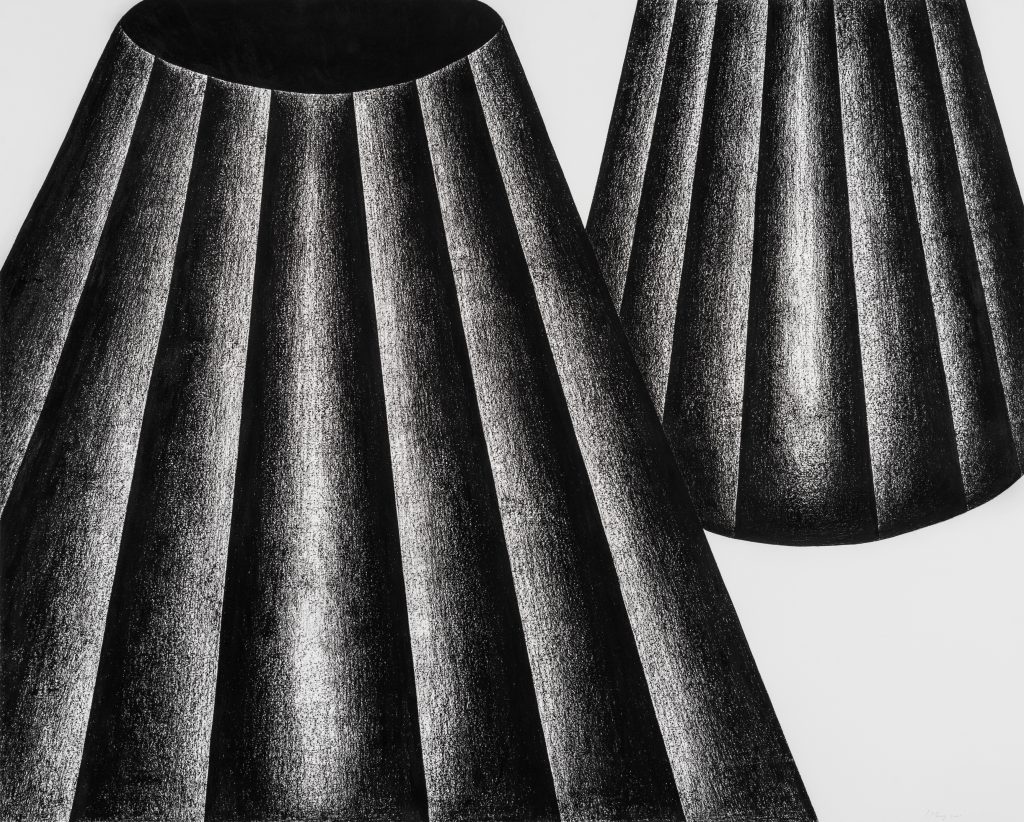Contact us for more information
Ilsun Maeng was born in 1978 in South Korea, she obtained her Bachelor’s degree in Fine Arts in 2000 from Andong National University and then went on to complete her Master’s degree at Hongik University in Seoul.
In 2010, she graduated from Central Saint Martins College of Art and Design London in the Fine Art section. In 2011, Ilsun Maeng won the Bar Tur Photography Award student prize from the University of the Arts in London.
In 2012, she won the first prize in the Shape Open Award at Portobello Gallery in London.
Artist statement on ‘Spinning Objects’ series :
My work beings with the act of seeing. To see something, that is, to physically perceive an object, requires physical eye movement (movement from left to right). However, I have a limited neurologically narrow field of view; i.e. seeing the object, so I cannot see parts of the object. I have a physiological condition that limits my field of view. This condition gives me a unique perspective – considering the invisible side of an object as the symmetry of the visible side.
In Oliver Sacks’ book, The Man Who Mistook His Wife for a Hat and Other Clinical Tales (1985), contains stories of neurological conditions. Among them is a story, “Eyes Right” describing a woman who has hemispatial neglect.
She could not process stimuli on the left side of her body. To detect her invisible left side, she needed to rotate her entire body to the left to bring the stimuli into her right side. The woman’s condition, and my own, remind me of the challenge of observing an image completely.
This art series, “Spinning Objects”, is in recognition of the perfect world through repeated rotation and symmetry. It is a conceptual starting point that embraces the physical and neurological constraints and shares my unique perspective of recognizing objects through this symmetry and rotation.
Symmetry is achieved through continuously stacking lines to create a darker and stronger image. However, despite these attempts, it is virtually impossible to create a perfectly symmetrical image without any error, and in the end, the images on paper become blacker like objects that have been burned, revealing their presence.
Rotation brings the object to perfect symmetry. No matter what shape an object has, when it has self-rotating mobility, it loses its original shape and becomes a large mass with only a curved shape. It’s like a lump of clay spinning and taking shape on a pottery wheel.
It is not easy to create perfect symmetry by hand without the help of special tools such as a pottery wheel. This is especially true for flat work that is not three- dimensional. My own limited field of view plays a factor making it more difficult to create a perfectly symmetrical image. However, the images completed through numerous attempts within these limited conditions have their own symmetry. The patterns drawn to make up for imperfect symmetry become decorative elements in the paper mask the asymmetry. And the black and heavy masses completed in this way calmly sit on the pedestal as if they were perfectly symmetrical.
